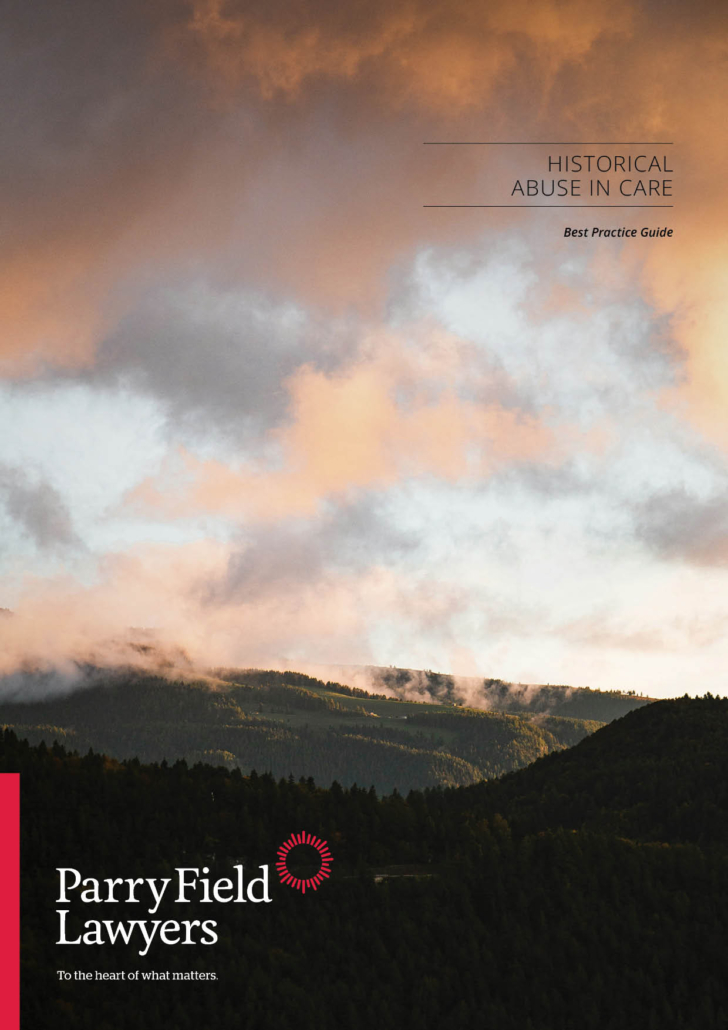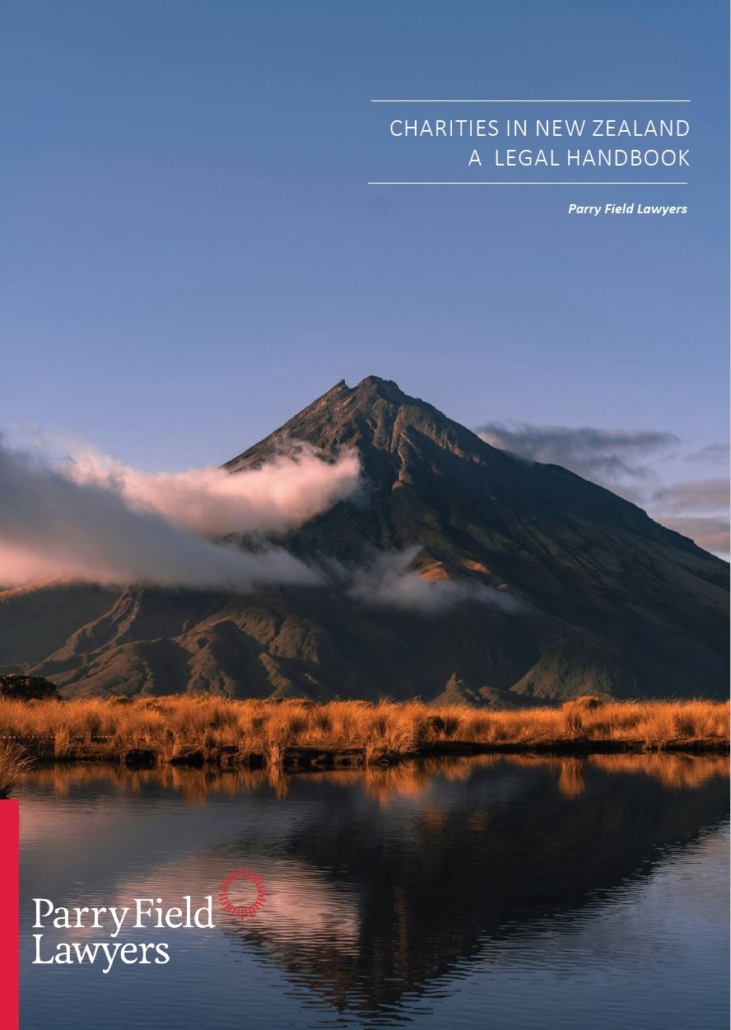 https://www.parryfield.com/wp-content/uploads/2022/03/Capture-1.png
641
1211
Kylie Shipley
https://www.parryfield.com/wp-content/uploads/2019/07/Parry-Field-Lawyers-Logo.png
Kylie Shipley2022-03-29 12:29:432025-10-24 11:34:27The Addington Farm: A case study in setting up a Charity
https://www.parryfield.com/wp-content/uploads/2022/03/Capture-1.png
641
1211
Kylie Shipley
https://www.parryfield.com/wp-content/uploads/2019/07/Parry-Field-Lawyers-Logo.png
Kylie Shipley2022-03-29 12:29:432025-10-24 11:34:27The Addington Farm: A case study in setting up a CharityChristchurch CBD
PHONE: +64 3 348 8480
PHYSICAL ADDRESS:
Level 1, 60 Cashel Street
Christchurch 8013, New Zealand
POSTAL ADDRESS:
PO Box 744
Christchurch, 8140, New Zealand
Christchurch – Riccarton
PHONE: +64 3 348 8480
PHYSICAL ADDRESS:
1 Rimu Street, Riccarton,
Christchurch 8041, New Zealand
POSTAL ADDRESS:
PO Box 8020, Riccarton,
Christchurch, 8440, New Zealand
Rolleston
PHONE: +64 3 348 8480
PHYSICAL ADDRESS:
Level 1, 80 Rolleston Drive,
Rolleston, 7614, New Zealand
POSTAL ADDRESS:
PO Box 8020, Riccarton,
Christchurch, 8440, New Zealand
Hokitika
PHONE: +64 3 755 8673
PHYSICAL ADDRESS:
127 – 137 Revell Street,
Hokitika 7810, New Zealand
POSTAL ADDRESS:
PO Box 44,
Hokitika 7842, New Zealand
Auckland
PHONE: +64 9 930 4340
PHYSICAL ADDRESS:
Level 7, 50 Albert Street
Auckland, 1010
POSTAL ADDRESS:
PO Box 8020, Riccarton,
Christchurch, 8440, New Zealand
Parry Field Charitable Foundation

© Copyright – Parry Field Lawyers | Privacy Policy










